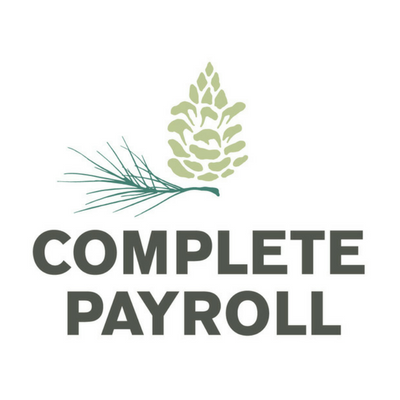If you’ve worked in payroll for any amount of time, you know that each industry has its own unique needs and requirements when it comes to compliance. One of the industries this is especially true for is construction.
Certified payroll for construction can be complex when it comes to construction jobs that are funded by the federal government. To place more pressure on it, failing to submit accurate reporting can lead to some stiff penalties.
In this article, we will show you the ins and outs of Certified Payroll to help you avoid making reporting mistakes on your next federally-funded construction project.
What Is Certified Payroll?
When contractors or subcontractors are working on federally funded construction projects, they are required to submit a special weekly payroll report called Certified Payroll. This special report is submitted using Form WH-347 and helps ensure that all workers are paid proper wages.
This requirement stems from the Davis-Bacon Act of 1931 which legally requires that contracts over $2,000 contain a clause that specifies minimum wages that must be paid to laborers and mechanics employed under the contract. In addition to this federal requirement, many states have their own requirements, too.
What is the Davis-Bacon Act?
Passed in 1931, the Davis-Bacon Act (named after the legislature who drafted the bill), The Davis-Bacon Act was conceived to protect workers from both unfair wages and unsafe working conditions. For example, the bill addresses issues such as protecting workers from being displaced by migrant workers and to stop companies from feeling pressure to lower wages.
Though amended several times through the years with additional legislation, the Davis-Bacon Act continues to be the law that governs a lot of regulations including Certified Payroll.
What Is the Prevailing Wage?
Under the Davis-Bacon Act, contractors and subcontractors are also required to pay workers nothing less than the prevailing wage, including fringe benefits.
The Prevailing Wage Law must be followed by any contractor or subcontractor working on a federally-funded construction project. These wages are determined by the Department of Labor’s Wage and Hour Division. Depending on where the project is located, workers may get different wages as the Prevailing Wage Law takes wages of the local economy into account when the prevailing wage is determined.
To ensure compliance with the Prevailing Wage Law, companies must complete and submit Form WH-347 within 7 days after the regular pay date for the pay period.
What Is Form WH-347?
Not filling out federal form WH-347 if you are working on a government contract project comes with serious consequences. Probably most importantly, no one will get paid until the WH-347 is filled out and submitted.
When the form is completed, it must then be signed by the contractor, subcontractor, or authorized payroll specialist. This signature is what makes payroll “certified” in this instance as being free of errors and omissions. Since the report is complex, it can be easy to make errors when filling it out. Additionally, some states require additional reports, so it’s best to make sure you have someone who is not only familiar with the required paperwork but someone with experience if possible.
Errors in the report can lead to severe penalties whether they were intentional or accidental. Penalties for inaccurate or false information can range from steep fines to being barred from working on a federally-funded project again.
Looking for more informative articles about everything payroll? Visit Complete Payroll’s blog where you will find up-to-date information for all the questions you have.


















 Get Instant Blog Notifications
Get Instant Blog Notifications
